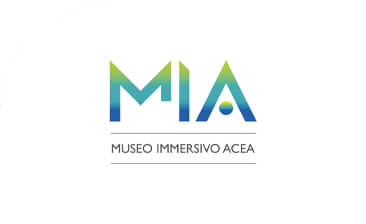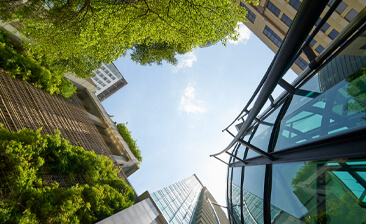
Acea for World Energy Saving Day
Acea pays attention to the protection of biodiversity and the habitats of the species living in the areas where it operates.
In particular, Acea's dedication to the defence of environment and animals is compliant with Goal 15 of the 2030 Agenda for Sustainable Development, which seeks to protect, restore and promote the sustainable use of the Earth's ecosystems.
The meaning of the term 'avifauna' is derived from the Latin words avis, i.e. bird, and fauna, and refers to the bird species living in a particular environment or area.
Several initiatives are underway in Lazio to preserve biodiversity in the areas where ACEA operates. One of these projects, in collaboration with the University of Naples Federico II as part of the doubling of the upper trunk of the Peschiera-Le Capore aqueduct, aims at monitoring the natural characteristics of the Farfa river, including the capture site in Le Capore. Special monitoring is performed to assess the habitats adjacent to the main purification plants in Rome, managed by our Group's company Acea Ato 2. As of today, the results demonstrate that the plants have a positive impact on the ecosystem, acting as biodiversity hotspots where species are learning to coexist with humans, and creating an abundant and stable ecological community.
In 2022, Italy introduced the ''environmental, biodiversity and ecosystem protection'' as fundamental principles of Article 9 of the Constitutional Charter, aligning with European guidelines. Accordingly, Acea prioritises safeguarding the natural environment and ecosystems (including flora and fauna) in the areas of concern.
As regards the protection of avifauna - and, consequently, bird protection - Areti is leading a project to dismantle and remove overhead power lines and pylons located in protected areas including, for example, the Veio Regional Park, the Nature Reserves of Marcigliana and Decima Malafede, and the Litorale Romano State Nature Reserve.
Areti is also collaborating with the Ornis italica association to install bird nesting boxes on some secondary cabins.
The barn owl (Tyto alba) and the peregrine falcon (Falco peregrinus) are two species of birds of prey involved in Acea's initiatives to protect birds and support their nesting in Rome.
Through a collaboration with Ornis italica, - an ornithological association operating in the Capital – artificial nests have been installed on Acea's infrastructures in several areas of the Rome municipality.
In 2022, Areti allowed the installation of nesting boxes on around 30 secondary cabins to support barn owl reproduction. The boxes were installed in protected areas or with high biodiversity such as the Natural Reserves of Litorale Romano State, Marcigliana and Decima Malafede and the Appian Way Regional Park. During 2023, nests have been checked for occupancy: four boxes were occupied by barn owls, while the others were used by kestrels and little owls for nesting.
Discover the latest news and initiatives of the Acea Group

Acea for World Energy Saving Day

Visit the virtual museum about the history of the Acea Group

The channel for the commercial requests on land urbanisation

Acea turns the spotlight on the Rome Film Festival 2023

Acea is in the "Gold class" in the .trust research

Read more about our culture of inclusiveness